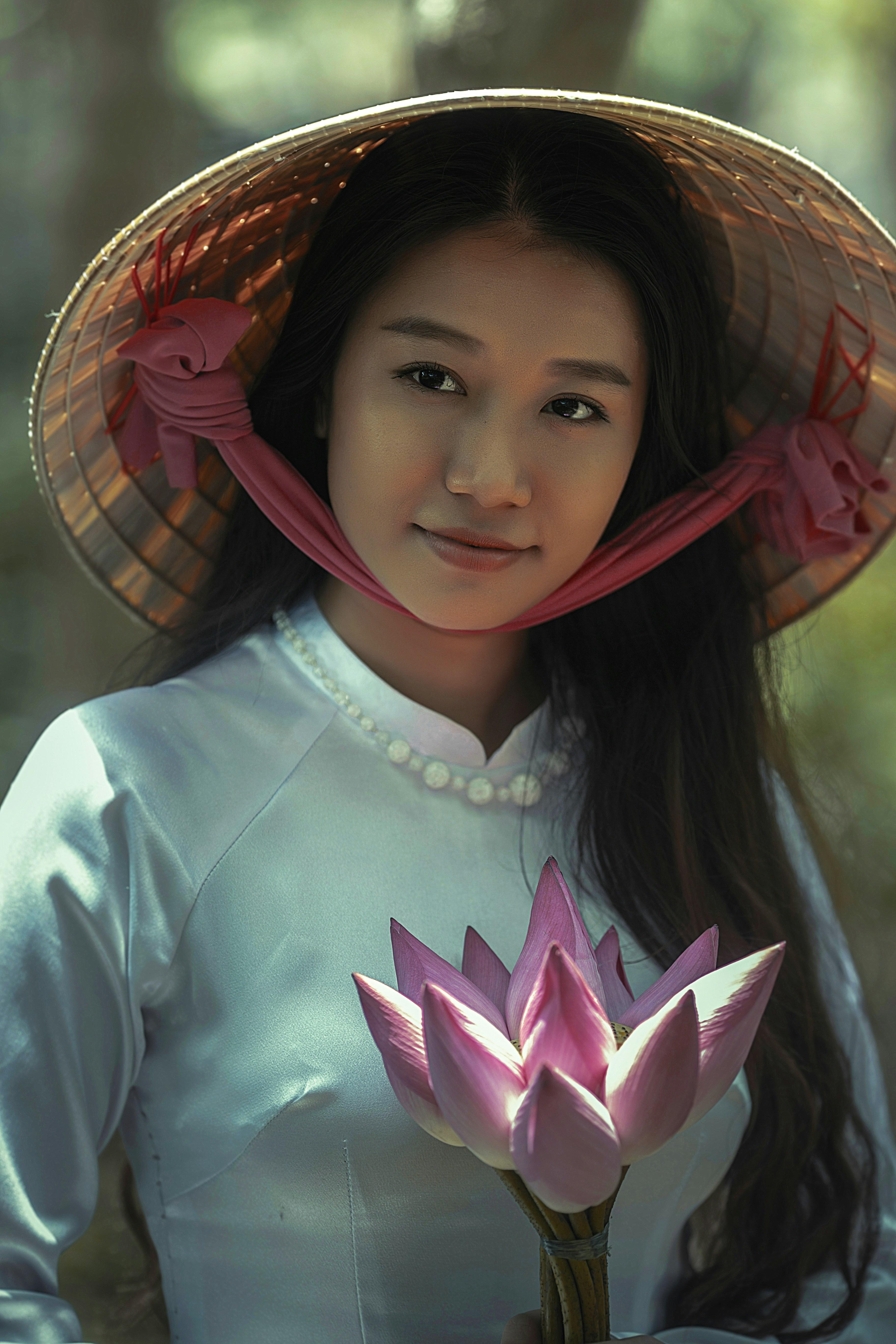Sofia Coppola‘s films have long been a subject of intrigue and analysis, offering a unique lens through which to examine the complexities of gender dynamics. As a filmmaker, Coppola has carved out a distinctive niche, characterized by her nuanced storytelling and the meticulous construction of her cinematic worlds. Her films often delve into the intricate lives of women, exploring themes of identity, isolation, and societal expectation. This article aims to dissect the gender dynamics present in Coppola’s body of work, considering how her narratives challenge, reinforce, or subvert traditional gender roles. By analyzing key films in her oeuvre, we seek to understand how Coppola’s storytelling reflects and shapes contemporary conversations around gender, offering insights into both the personal and the universal aspects of her characters’ experiences. Through this exploration, we hope to illuminate the subtle yet powerful ways in which Coppola navigates the intricate dance of gender, providing a richer understanding of her contribution to modern cinema.
Examining Female Subjectivity and Identity Formation in Coppolas Cinematic World
Sofia Coppola’s films intricately weave narratives that delve into the complexities of female subjectivity and identity formation, offering a nuanced perspective on gender dynamics. Her cinematic world often portrays young women navigating the transitional phases of life, marked by a quest for self-discovery amidst societal expectations. Coppola’s protagonists, whether it’s the isolated teenager in The Virgin Suicides or the disenchanted celebrity in Lost in Translation, embody a sense of introspection and quiet rebellion. These characters are not merely passive recipients of their circumstances but are actively engaged in redefining their identities, challenging the conventional norms that confine them.
- Introspection and Rebellion: Characters often find themselves in a state of reflection, grappling with their place in the world.
- Transitional Phases: The films frequently explore pivotal moments of change, emphasizing the fluidity of identity.
- Societal Expectations: The narrative tension arises from the characters’ struggle against societal pressures to conform.
Through her distinctive visual style and storytelling, Coppola crafts a cinematic space where female voices and experiences are at the forefront, allowing audiences to engage with the intricacies of gender and identity in profound ways. Her work challenges viewers to reconsider traditional narratives and invites a deeper understanding of the multifaceted nature of womanhood.

Analyzing Power and Agency in Character Interactions and Relationships
In Sofia Coppola’s films, the exploration of power and agency within character interactions often illuminates the complexities of gender dynamics. Coppola masterfully crafts characters whose interactions are steeped in subtle power plays, reflecting the nuanced balance of agency within relationships. For instance, in “Lost in Translation,” the interactions between Charlotte and Bob are a dance of vulnerability and influence, where gender roles are both acknowledged and subverted. Charlotte’s journey through Tokyo is marked by her silent rebellion against traditional expectations, showcasing her quest for personal agency in a world dominated by male perspectives.
Coppola’s portrayal of female characters often challenges the traditional narratives by placing them in settings where their agency is tested. The complex relationships in “The Virgin Suicides” highlight the oppressive nature of societal expectations on women, where the sisters’ interactions with their environment and each other become a commentary on the lack of control they possess over their own lives. By employing these dynamics, Coppola invites viewers to question the inherent power structures within relationships and the impact of gender on personal autonomy. This deliberate focus on character agency serves not only as a narrative device but also as a critical lens through which to examine societal norms and their influence on individual identity.

Unpacking the Role of Visual Aesthetics in Conveying Gender Narratives
In Sofia Coppola’s films, visual aesthetics play a crucial role in shaping and communicating complex gender narratives. Her distinctive use of color palettes, costume design, and cinematography creates a nuanced dialogue between the visual elements and the characters’ internal experiences. Color often acts as a metaphor for the emotional states of her characters, with muted tones representing isolation or constraint, and vibrant hues signifying moments of liberation or self-discovery. Costume design is another powerful tool in her arsenal, used to subtly convey societal expectations and personal transformations. For example, the choice of clothing often reflects the tension between individual identity and the roles imposed by society.
Furthermore, Coppola’s cinematography often emphasizes spatial dynamics that highlight gendered experiences. Through careful framing and composition, she crafts visual narratives that comment on the limitations and freedoms associated with gender roles. The use of space, whether expansive or confining, becomes a silent yet potent storyteller. In her films, these elements come together to create a layered understanding of gender, inviting the audience to reflect on the interplay between visual style and thematic substance. By unpacking these aesthetic choices, viewers gain insight into the subtleties of gender representation and the broader cultural implications at play.

Recommendations for Further Study on Gender Dynamics in Coppolas Filmography
- In-depth Character Analysis: Future studies could focus on a comprehensive examination of individual characters across Sofia Coppola’s filmography, highlighting how her unique portrayal of women reflects broader societal attitudes. By delving into the motivations, challenges, and transformations of characters like Charlotte in “Lost in Translation” or Marie Antoinette in “Marie Antoinette,” researchers can uncover nuanced perspectives on femininity and autonomy.
- Comparative Studies: Scholars might benefit from conducting comparative analyses between Coppola’s works and those of other contemporary directors. This could involve exploring how gender dynamics are represented differently in films directed by male versus female filmmakers, potentially revealing insights into the influence of the director’s gender on storytelling.
- Cultural Context Exploration: Another area ripe for exploration is the cultural context within which Coppola’s films are set. Understanding how the socio-political climate, historical periods, and geographical settings impact the portrayal of gender roles can provide a richer understanding of her artistic intentions.
- Audience Reception Studies: Investigating how different audiences perceive and interpret gender dynamics in Coppola’s films could offer valuable insights. This might involve surveys, focus groups, or social media analysis to gauge public opinion and its evolution over time.
